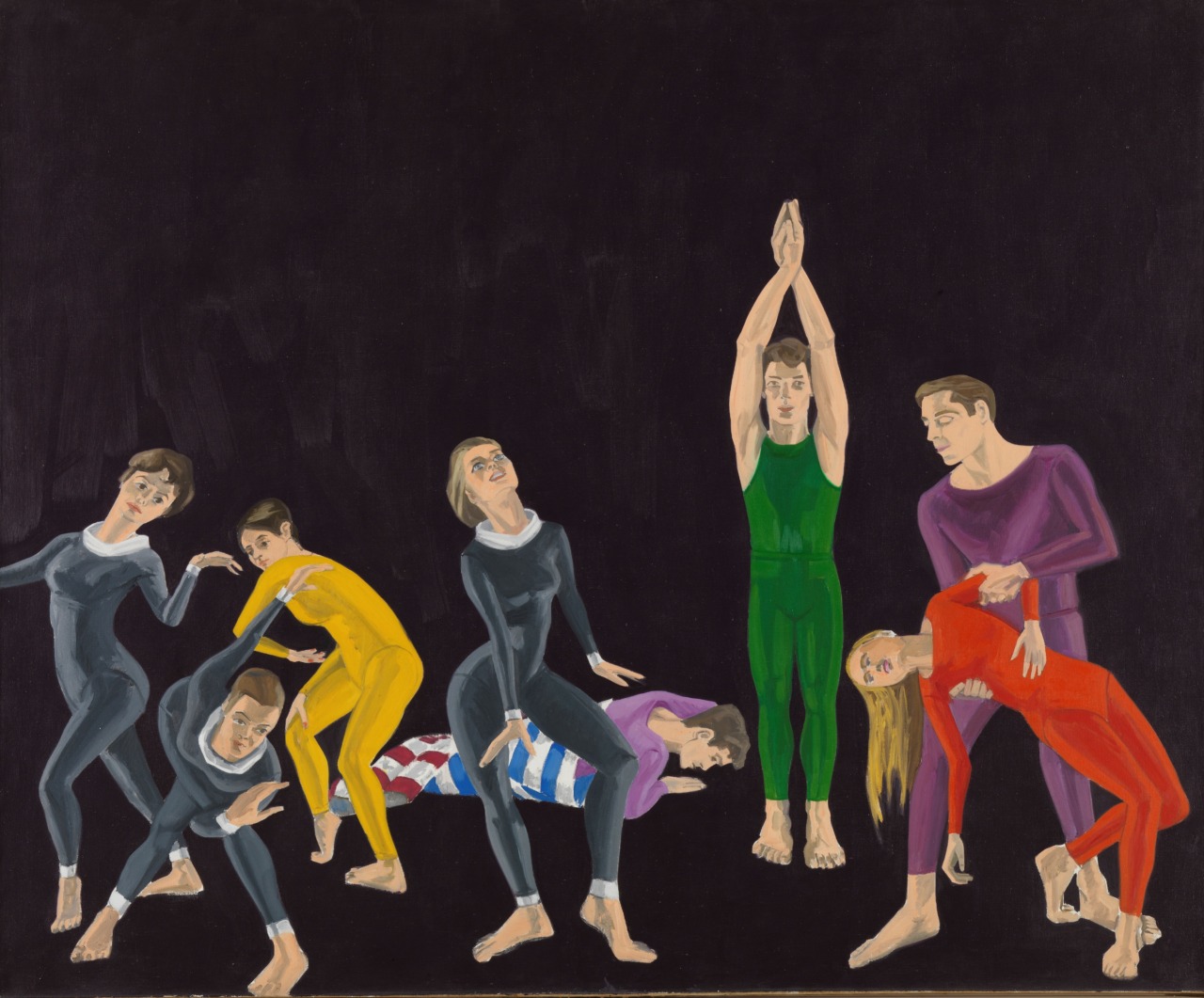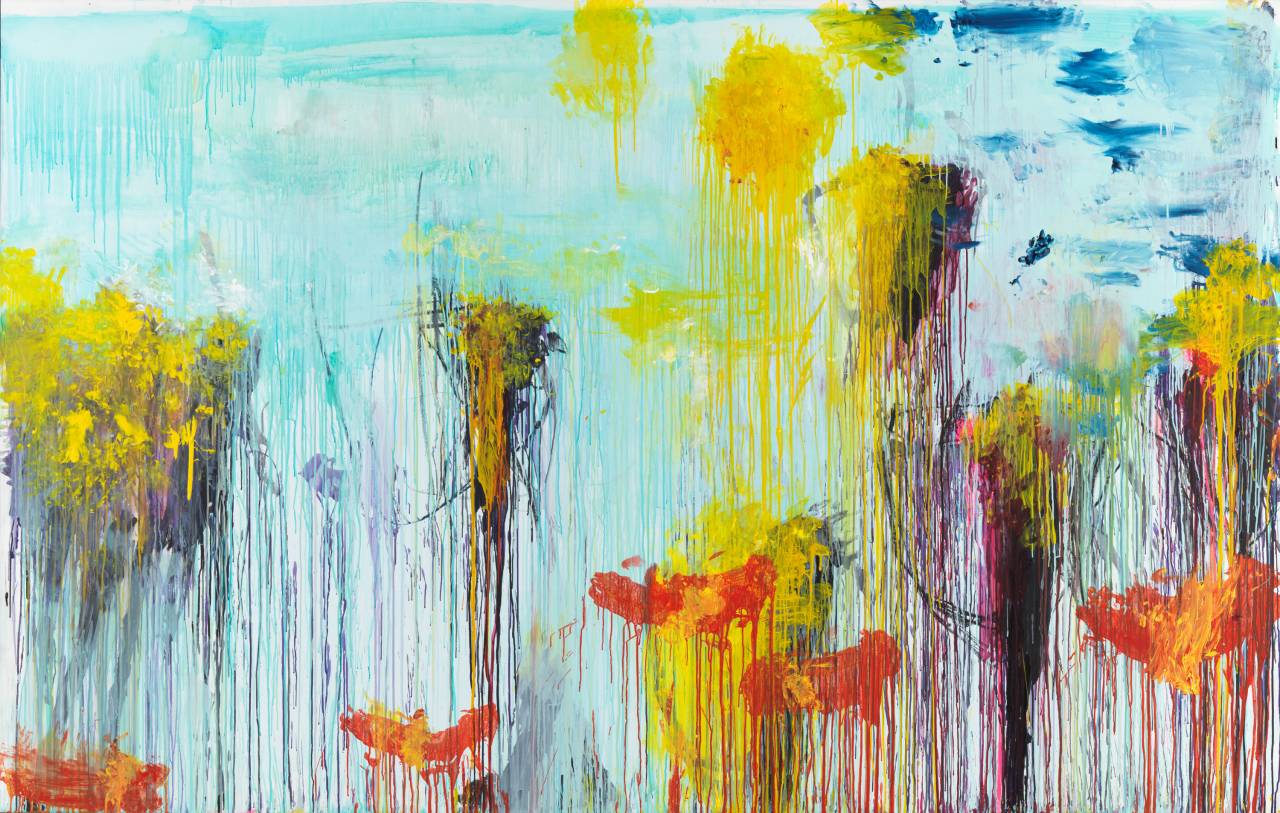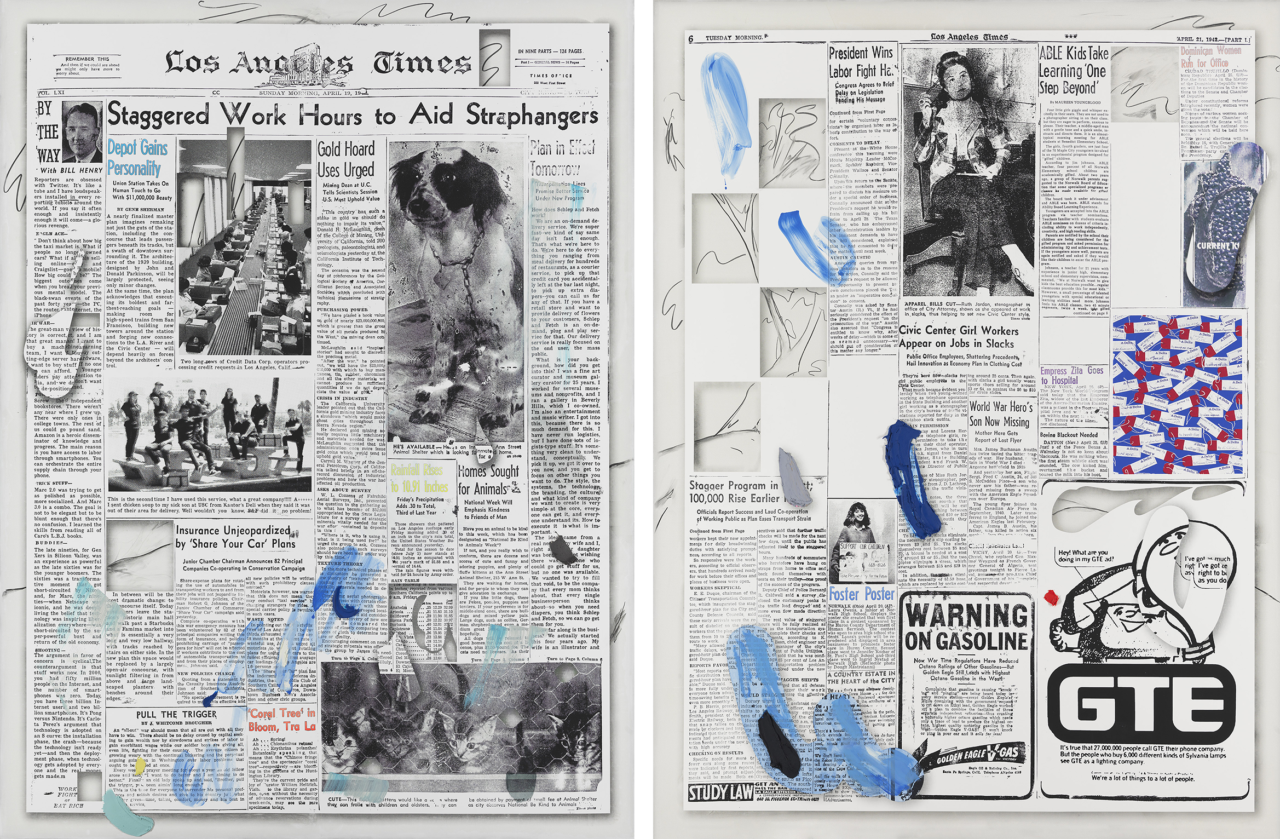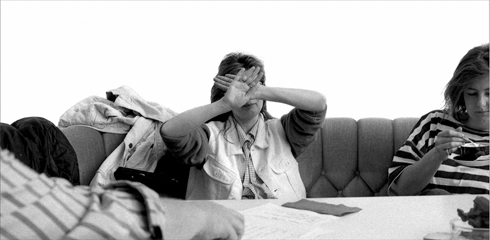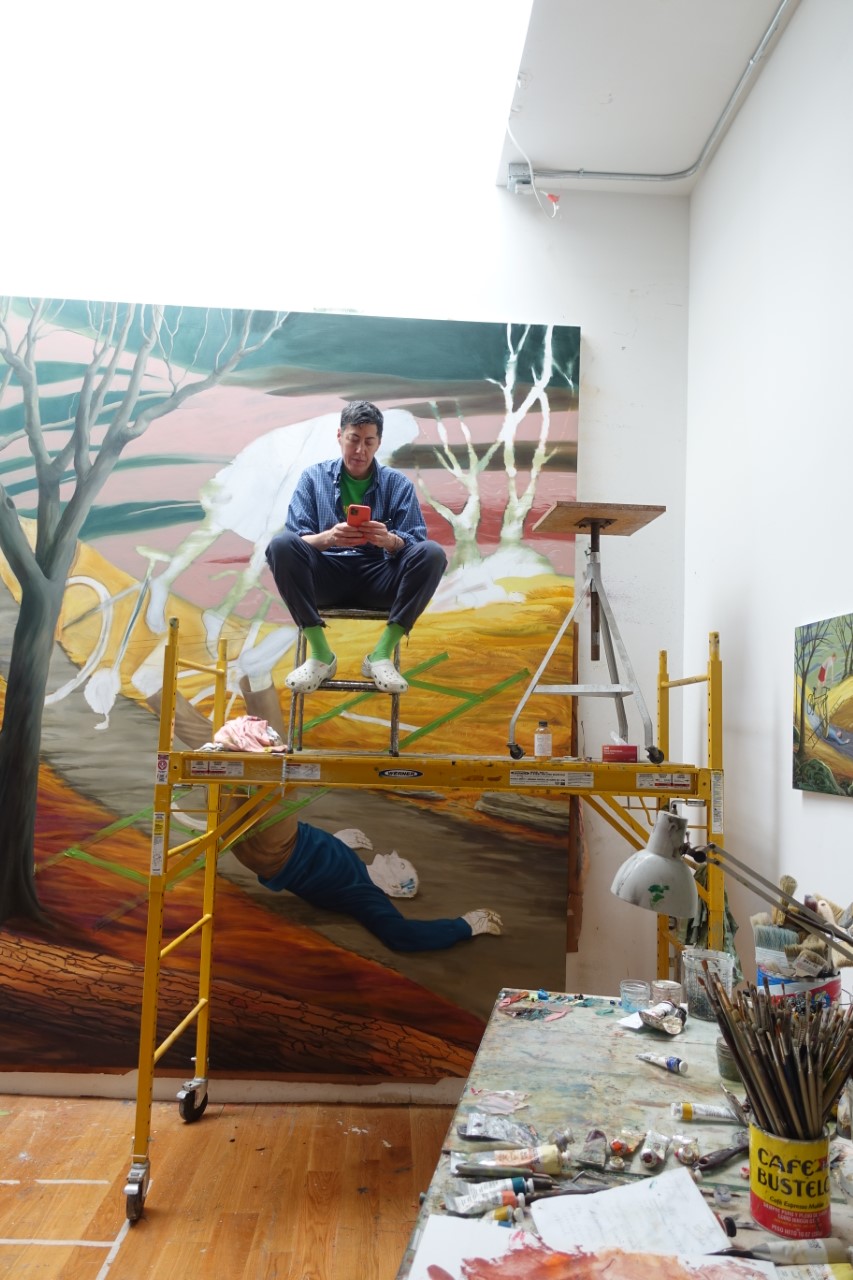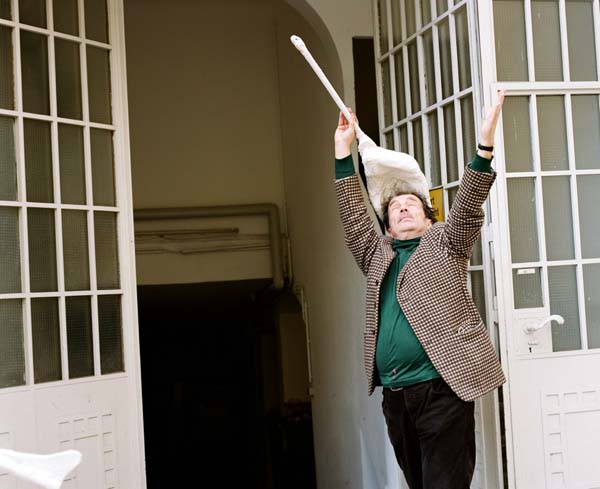Laura Owens
Artist FactoryDescription
was born in Euclid, Ohio, USA, in 1970. She lives and works in Los Angeles.
Associated modules
Laura Owens is a painter. She is known for paintings in which she likes to combine different techniques such as charcoal drawing, screen-printing and oil painting with a brush or palette knife.
In her pictures she often depicts images from 1970s motivational posters, children’s coloring books, spam emails, vintage newspapers and embroideries made by her grandmother. Laura finds interesting moments in all of these sources, which she captures in her paintings.
look closely
What are all the things that drawn lines and brushstrokes can express in a painted image?
Ponder this
What becomes of the brushstroke in an age of mechanical and digital reproduction?
Artist-run space
In 2013, Laura transformed her studio into an exhibition space and called it “356 Mission.” She and her friend Wendy ran it for five years. Such self-organized exhibition spaces are important places for artists to meet and support each other.
As a child, Laura Owens lived in a small town near Cleveland, Ohio. As a teenager, she still spent many hours studying the Cleveland Museum of Art’s encyclopedic collection.
Reflect
Can motifs and different techniques in paintings be a tool to imitate painting?
Delve deeper
Found objects
Laura Owens lives in an old house in Los Angeles. One day by accident she found a special sealing material under the siding of the walls: a set of paper-mache printing molds from the 1940s of the “Los Angeles Times”. The newspaper had used those molds to cast printing cylinders. With those in turn, they printed their issues. Apparently, later somebody had repurposed them as insulation – almost like a secret treasure for Laura. She studied the molds and the untitled diptych (2015) in the Brandhorst Collection is one outcome of those experiments.
